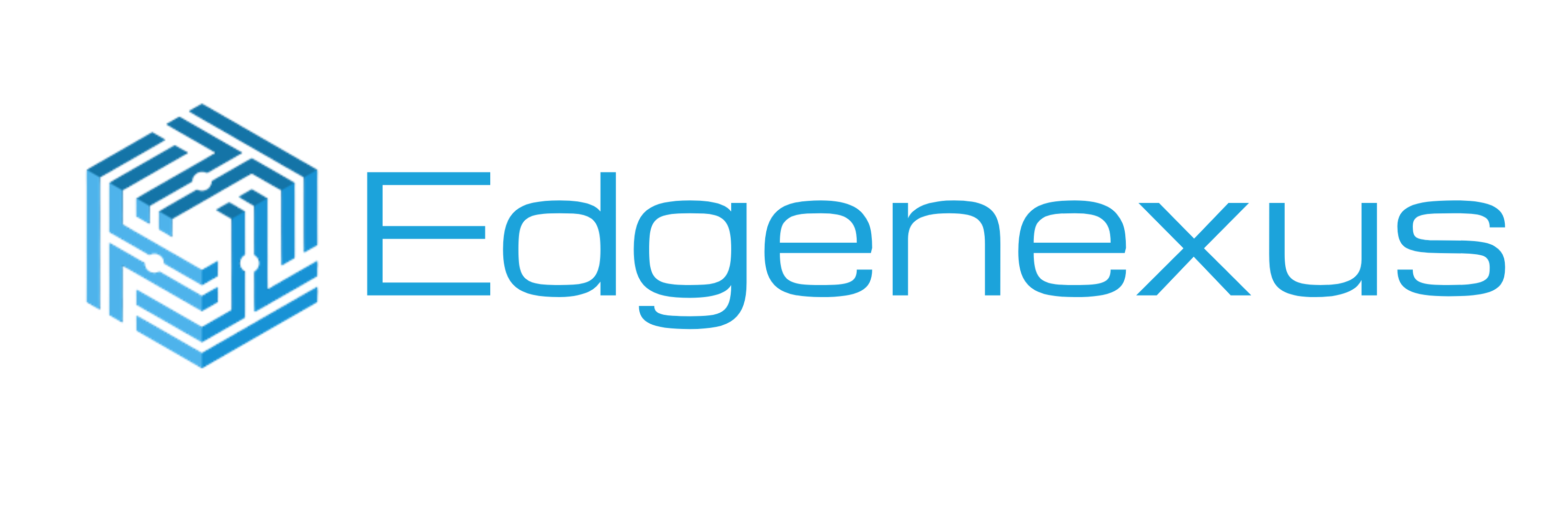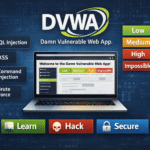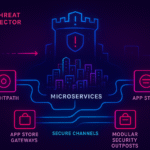Securing applications across hybrid environments has become increasingly complex. Web Application Firewalls (WAFs) serve as the first line of defense against sophisticated attacks targeting your critical applications, APIs, and sensitive data. For security teams managing hybrid cloud infrastructures, implementing robust WAF protection is no longer optional, it’s imperative.
Understanding the Hybrid Cloud Security Challenge
Hybrid cloud environments combine on-premises infrastructure with public and private cloud services, creating a complex security perimeter that traditional security approaches struggle to protect. According to recent research by Gartner, by 2025, over 85% of organizations will embrace a cloud-first strategy, with the majority operating in hybrid cloud environments. This shift brings significant security challenges.
For security teams, the hybrid reality creates unique obstacles:
- Disparate security controls across different environments
- Inconsistent visibility across cloud and on-premises applications
- Complex compliance requirements spanning multiple platforms
- Increased attack surface with applications deployed across various environments
At Edgenexus, we understand these challenges and have developed WAF solutions specifically designed for the hybrid cloud reality.
Why WAF Protection Matters More Than Ever
The threat landscape targeting web applications continues to intensify. Consider these sobering statistics:
- Web application attacks increased 800% in the first half of 2023 compared to the same period in 2022 (Source: Imperva Threat Research)
- 43% of data breaches are now linked to web application vulnerabilities (Source: Verizon DBIR 2023)
- The average cost of a web application attack has reached $4.45 million (Source: IBM Cost of a Data Breach Report)
- API attacks increased 137% in 2023, with 78% targeting web applications (Source: Salt Security)
These statistics highlight the critical importance of implementing robust WAF solutions that can protect applications regardless of where they’re hosted.
Key WAF Capabilities for Hybrid Cloud Security
When evaluating WAF solutions for hybrid cloud environments, security teams should prioritize these essential capabilities:
1. Unified Protection Across Environments
Modern WAF solutions must provide consistent security policies across all deployment models. Our EdgeWAF solution delivers unified protection whether your applications are hosted on-premises, in public clouds like AWS or Azure, or in private cloud environments.
This unified approach eliminates security gaps and ensures consistent protection regardless of where your applications reside. By centralizing policy management, security teams can implement standardized controls across the entire application portfolio.
2. Advanced Threat Detection and Prevention
Effective WAFs employ multiple detection mechanisms to identify and block sophisticated attacks:
- Signature-based detection: Identifies known attack patterns and vulnerabilities
- Behavioral analysis: Detects anomalous traffic patterns that may indicate zero-day attacks
- Machine learning capabilities: Continuously adapts to evolving threats
- Context-aware security: Evaluates requests within the broader context of user behavior
Our flightPATH technology combines these approaches, providing multilayered protection against OWASP Top 10 threats, including SQL injection, cross-site scripting (XSS), and API abuse.
3. API Security Integration
With APIs becoming the primary attack vector for web applications, modern WAF solutions must provide specialized API protection. This includes:
- API discovery and inventory management
- Schema validation and enforcement
- Rate limiting and throttling
- Abnormal behavior detection
By extending WAF protection to APIs, organizations can ensure consistent security across all application components in hybrid environments.
4. Automated Policy Management
Managing security policies across hybrid environments can be overwhelming without automation. Advanced WAF solutions should offer:
- Automated policy creation based on application behavior
- Centralized management across all environments
- Policy synchronization across deployment models
- CI/CD integration for DevSecOps alignment
Our automated policy approach reduces the management burden on security teams while ensuring applications remain protected as they evolve.
5. Compliance Enablement
Meeting regulatory requirements across hybrid environments presents unique challenges. WAF solutions should provide:
- Built-in compliance templates for regulations like GDPR, PCI DSS, and HIPAA
- Detailed audit logging and reporting
- Data loss prevention capabilities
- Granular access controls
These features simplify compliance management and provide documentation for audits, regardless of where applications are hosted.
Implementing WAF in Hybrid Cloud Environments: Best Practices
Based on our experience working with organizations of all sizes, we’ve identified several best practices for implementing WAF protection across hybrid cloud environments:
6. Start with Asset Discovery and Classification
Before implementing WAF protection, thoroughly inventory all web applications, APIs, and services across your hybrid infrastructure. Classify these assets based on:
- Sensitivity of data processed
- Business criticality
- Compliance requirements
- Exposure to external users
This classification will guide your WAF deployment strategy and policy implementation.
7. Adopt a Phased Implementation Approach
Rather than attempting to protect all applications simultaneously, prioritize based on risk:
- Begin with your most critical, externally-facing applications
- Implement monitoring mode to establish baselines
- Gradually transition to blocking mode as confidence increases
- Expand protection to additional applications in order of priority
This methodical approach minimizes disruption while gradually enhancing security posture.
8. Implement Defense-in-Depth
WAF protection should be part of a broader security strategy. Complement your WAF with:
- Secure development practices
- Regular vulnerability scanning and patching
- Runtime application self-protection (RASP)
- API gateway security
This multi-layered approach provides comprehensive protection against diverse threat vectors.
9. Establish Continuous Monitoring and Improvement
Hybrid cloud environments are dynamic, requiring ongoing attention:
- Regularly review WAF logs and alerts
- Adjust policies based on emerging threats
- Update rules to accommodate application changes
- Conduct periodic penetration testing to validate protection
By continuously monitoring and optimizing your WAF implementation, you can maintain strong protection as both applications and threats evolve.
Real-World Implementation: Case Study
A mid-sized financial services organization recently transitioned to a hybrid cloud model, with customer-facing applications in AWS while maintaining core banking systems on-premises. They implemented our EdgeWAF solution across both environments.
The results were significant:
- 99.7% reduction in successful attack attempts
- 35% decrease in false positives compared to their previous WAF solution
- 40% reduction in security team time spent managing web application security
- Successful compliance with PCI DSS requirements across all environments
The organization achieved these outcomes by following our recommended implementation approach and leveraging the unified management capabilities of our solution.
Balancing Security and Performance
One common concern with WAF implementation is the potential impact on application performance. Modern WAF solutions must balance robust security with minimal latency.
Our approach emphasizes:
- Edge-based protection that minimizes network latency
- Optimization techniques that reduce processing overhead
- Scalable architecture that handles traffic surges
- Fine-tuned rules that minimize false positives
By deploying protection closer to users and optimizing processing, we ensure security doesn’t come at the expense of performance—a critical consideration in hybrid environments where user experience impacts business outcomes.
Future-Proofing Your WAF Strategy
As hybrid cloud environments continue to evolve, WAF solutions must adapt. Forward-looking organizations should consider these emerging trends:
- Zero Trust integration: Aligning WAF with broader Zero Trust security frameworks
- Serverless security: Extending protection to serverless functions
- AI/ML enhancement: Leveraging artificial intelligence for improved threat detection
- DevSecOps integration: Embedding WAF into CI/CD pipelines
By considering these trends in your WAF strategy, you can ensure your web application security remains effective as your hybrid cloud environment evolves.
Conclusion: Taking Action
Protecting web applications across hybrid cloud environments requires a modern approach to WAF implementation. By adopting a solution that provides unified protection, automated policy management, and advanced threat detection, security teams can confidently secure applications regardless of where they’re hosted.
We recommend security teams take these immediate steps:
- Assess your current web application security posture across all environments
- Identify gaps in protection, particularly for cloud-hosted applications
- Evaluate WAF solutions specifically designed for hybrid environments
- Develop an implementation roadmap that prioritizes critical applications
- Implement monitoring and continuous improvement processes
With the right WAF solution and implementation approach, hybrid cloud security teams can achieve robust protection while minimizing management complexity.
FAQs About WAF for Hybrid Cloud Security
What makes a WAF solution suitable for hybrid cloud environments?
A hybrid cloud-ready WAF provides consistent protection across diverse environments, centralized management, flexible deployment options, and the ability to synchronize policies between on-premises and cloud deployments. It should integrate with cloud-native services while providing the same level of protection for on-premises applications.










